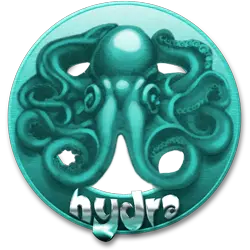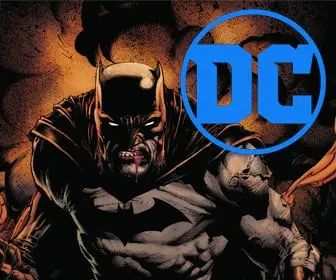
Creating Dynamic Characters in Comic Book Art
Designing compelling and memorable characters is crucial to the success of any comic book. Whether you’re creating a superhero, a villain, or a supporting character, their design should not only be visually appealing but also reflect their personality and role in the story. Here are some tips and techniques to help you create dynamic characters for your comics.

Anatomy
A strong understanding of human anatomy is essential for creating realistic characters. Study the human body, including muscle structure, bone structure, and how the joints move. Pay attention to proportions and how the body changes shape in different positions. Practice drawing the human body from various angles and poses to improve your skills.
Expressions
Facial expressions are key to conveying a character’s emotions and personality. Practice drawing different facial expressions – happy, sad, angry, surprised, etc. – and observe how the muscles of the face move to create these expressions. Pay attention to the eyes, eyebrows, and mouth, as these are the most expressive parts of the face.
Body Language
Body language is another important aspect of character design. The way a character stands, moves, and gestures can say a lot about their personality and emotional state. For example, a confident character might stand tall with their chest out, while a nervous character might hunch their shoulders and avoid eye contact. Practice drawing different poses and body language to create characters that are expressive and dynamic.
Clothing and Accessories
The clothes and accessories your character wears can also tell a lot about them. Consider their personality, profession, and the setting of your story when designing their outfit. For example, a superhero might wear a colorful and form-fitting costume, while a detective might wear a trench coat and hat. Accessories like glasses, jewelry, and weapons can also add detail and depth to your character.
Consistency
Once you have designed your character, it is important to maintain consistency throughout your comic. Pay attention to the details of your character’s design and make sure they are consistent in every panel. This includes their facial features, clothing, and any accessories they may have.
Final Thoughts
Creating dynamic and memorable characters is a crucial part of comic book art. With practice and attention to detail, you can create characters that not only look great but also reflect their personality and role in the story. Remember to study anatomy, practice drawing expressions and body language, and consider the clothing and accessories your character will wear. And most importantly, have fun and let your creativity flow!










